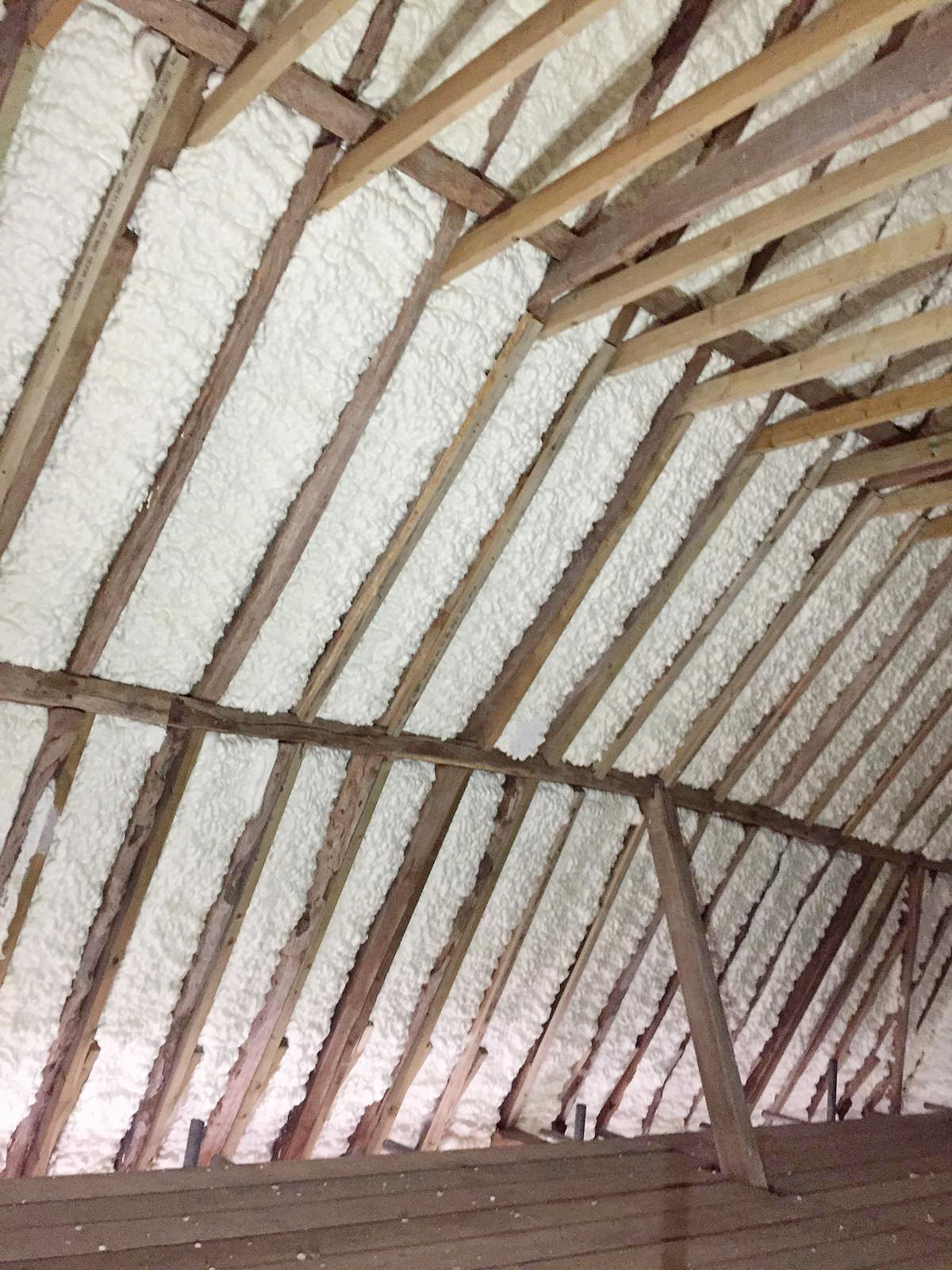

Getting clued up about loft insulation costs will help boost your home’s energy efficiency – while you stay on budget. With 25 per cent of heat escaping through the roof of an uninsulated home, adding insulation in the loft is a great way to keep your home warmer and save money on energy bills.
And it’s not just uninsulated homes that can benefit. Even if you have added loft insulation already, it’s worth topping it up to reach the level that’s recommended today so that you can get both cosier rooms and a reduction in energy bills. It's a home improvement project that can pay for itself many times over in its lifetime so to better set your budget for materials as well as installation – especially if you’re calling in a professional – it's key to know the cost of loft insulation in 2022.
How much does loft insulation cost?
Loft insulation costs will vary according to which material you use for the project and whether you install it as a do-it-yourself job, or call in a professional. Be mindful that if you do choose to install it yourself not all the different material options will be open to you: some require installation by a professional contractor.
Other factors will influence the cost of loft insulation. As you’d expect the amount that’s needed is important. If your loft already has some insulation, you may simply be adding extra layers to reach the depth that’s recommended.
However, old insulation may need to be removed if it’s in poor condition or was badly fitted and this brings additional removal costs, as well as adding to the amount of material you’ll need for the project.
Another influence on the cost is how accessible the loft is. If this is tricky, loft insulation cost can be greater.
Overall, the average cost of labour and materials for loft insulation is £500, according to Checkatrade. This ranges from £400 for a terraced house to £600 for a detached house or bungalow, the site’s experts say. This cost is for installation of blanket insulation and includes this material plus the labour involved.
What are the costs of different loft insulation materials?
Loft insulation costs vary according to the material used for the job, so how much will you pay according to the material you select? Checkatrade provides the following cost guide.
If you’re going to lay loft insulation yourself, you may be using blanket insulation, and this costs on average £5 per m sq. Bear in mind that if your preference is for natural sheep’s wool insulation this will come with a higher cost.
Loose-fill insulation is another option and costs an average of £7.50 per sq m.
If you use sheet loft insulation – for example for a loft conversion to turn your space into a useful room or even rooms – expect to pay an average of £10 per sq m.
Meanwhile, spray foam insulation, which will require installation from a professional tradesperson, costs on average £55 per sq m.
How much does it cost to have new loft installation installed?
Installing loft insulation can be a DIY job, and blanket insulation is the easiest material to work with if you’re the person fitting it.
If you call in a professional, loft insulation cost will, naturally, increase. You should expect to pay around £150 to £200 per day for labour, according to Checkatrade.
Often, loft insulation will be a day’s job, but the time needed for installation varies with the material and, of course, the dimensions of the loft.
Factor in additional costs
You may need to add other work to the cost of loft insulation. For example, it could be necessary to relocate electrical wires and the average cost of rewiring is £250, says Checkatrade.
Is it worth insulating your loft?
You can get a good return on your investment when it comes to loft insulation cost. If your home had no loft insulation previously and you then install the 270mm depth that’s recommended when you use mineral wool, you could make significant savings on your energy bills.
The saving will depend on the type of home you live in. In a mid-terrace house, you could save £125 a year; £135 in a semi-detached house; £195 in a detached bungalow; and £315 in a detached house, says the Energy Saving Trust (EST), an independent organisation that helps householders with energy choices.
If your home previously had 120mm of loft insulation but you improved this to the recommended 270mm instead, you can still make some savings on your energy bills of £11 per year in a mid-terraced house; £13 per year in a semi-detached house; £18 a year in a detached bungalow; and £20 per year in a detached house, the EST says.
What about your carbon footprint?
If you’re interested in your carbon footprint, you might also be wondering how spending out on loft insulation can reduce this. A home that previously had no loft insulation, but after the project has the 270mm depth recommended for mineral wool insulation, could save from 530kg of carbon dioxide a year for a mid-terraced house to over 1,200kg a year for a detached house, according to the EST.
Meanwhile, boost loft insulation from 120 to 270mm a year and the EST says you could save between 50kg of carbon dioxide a year for a mid-terraced house to 95kg for a detached house.
Join our newsletter
Get small space home decor ideas, celeb inspiration, DIY tips and more, straight to your inbox!

Sarah is a freelance journalist and editor writing for websites, national newspapers, and magazines. She’s spent most of her journalistic career specialising in homes – long enough to see fridges become smart, decorating fashions embrace both minimalism and maximalism, and interiors that blur the indoor/outdoor link become a must-have. She loves testing the latest home appliances, revealing the trends in furnishings and fittings for every room, and investigating the benefits, costs and practicalities of home improvement. It's no big surprise that she likes to put what she writes about into practice, and is a serial house revamper. For Realhomes.com, Sarah reviews coffee machines and vacuum cleaners, taking them through their paces at home to give us an honest, real life review and comparison of every model.
-
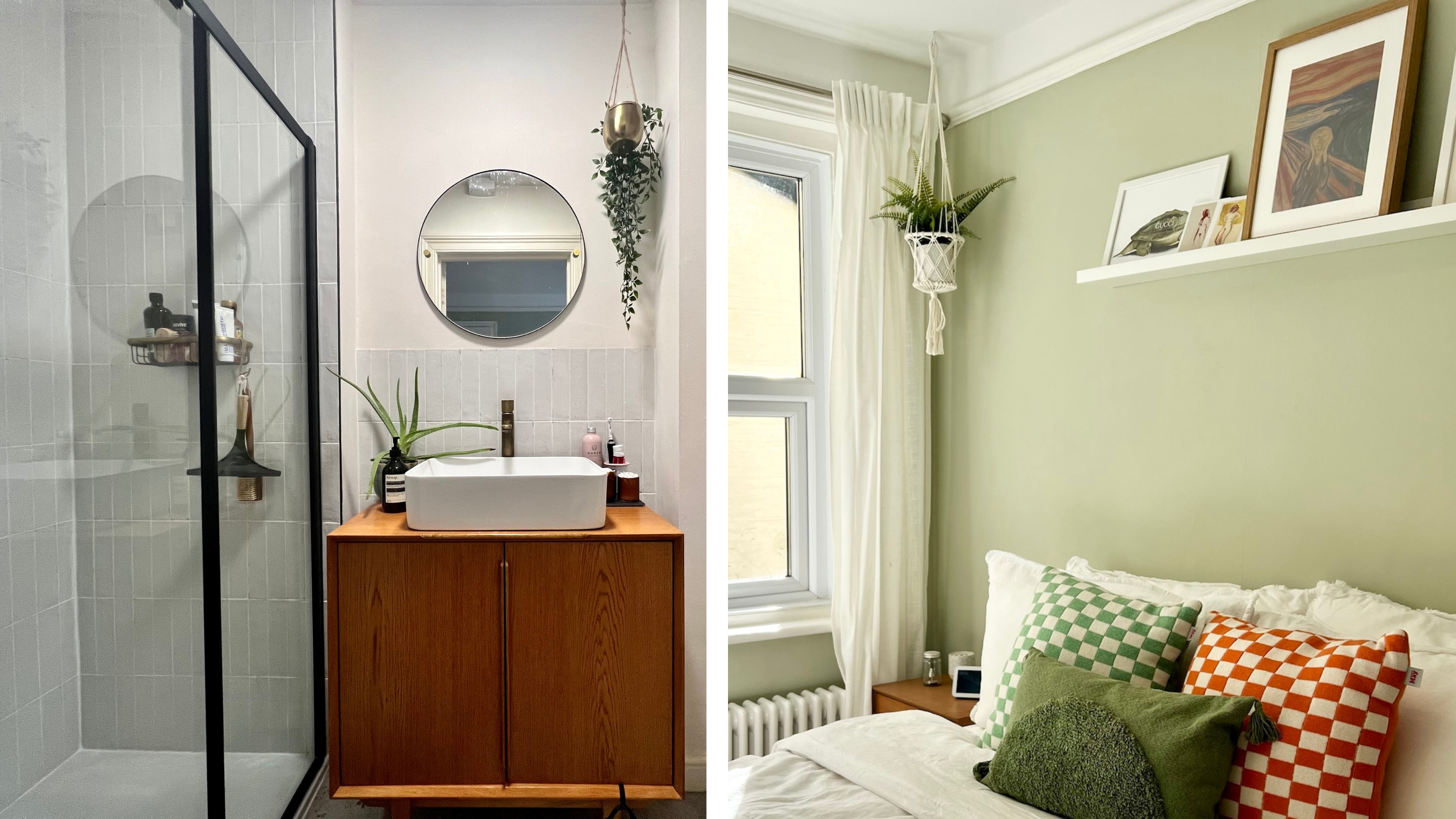 My first apartment makeover: 5 renovation mistakes I learned the hard way, and how you can avoid them
My first apartment makeover: 5 renovation mistakes I learned the hard way, and how you can avoid themThese are 5 things to avoid in your apartment makeover. Trust me, I learned these the hard way during my first renovation project
By Luisa Rossi
-
 Share your small space glow up to win $150 in the Real Homes competition
Share your small space glow up to win $150 in the Real Homes competitionShow off your creativity and DIY skills to win $150 and for the chance to be featured exclusively in Real Homes magazine
By Camille Dubuis-Welch
-
 My DIY range hood and backsplash build gave my kitchen the perfect farmhouse finish
My DIY range hood and backsplash build gave my kitchen the perfect farmhouse finishI craved charm in my kitchen space and adding a custom range hood and shelving was the best move.
By Brooke Waite
-
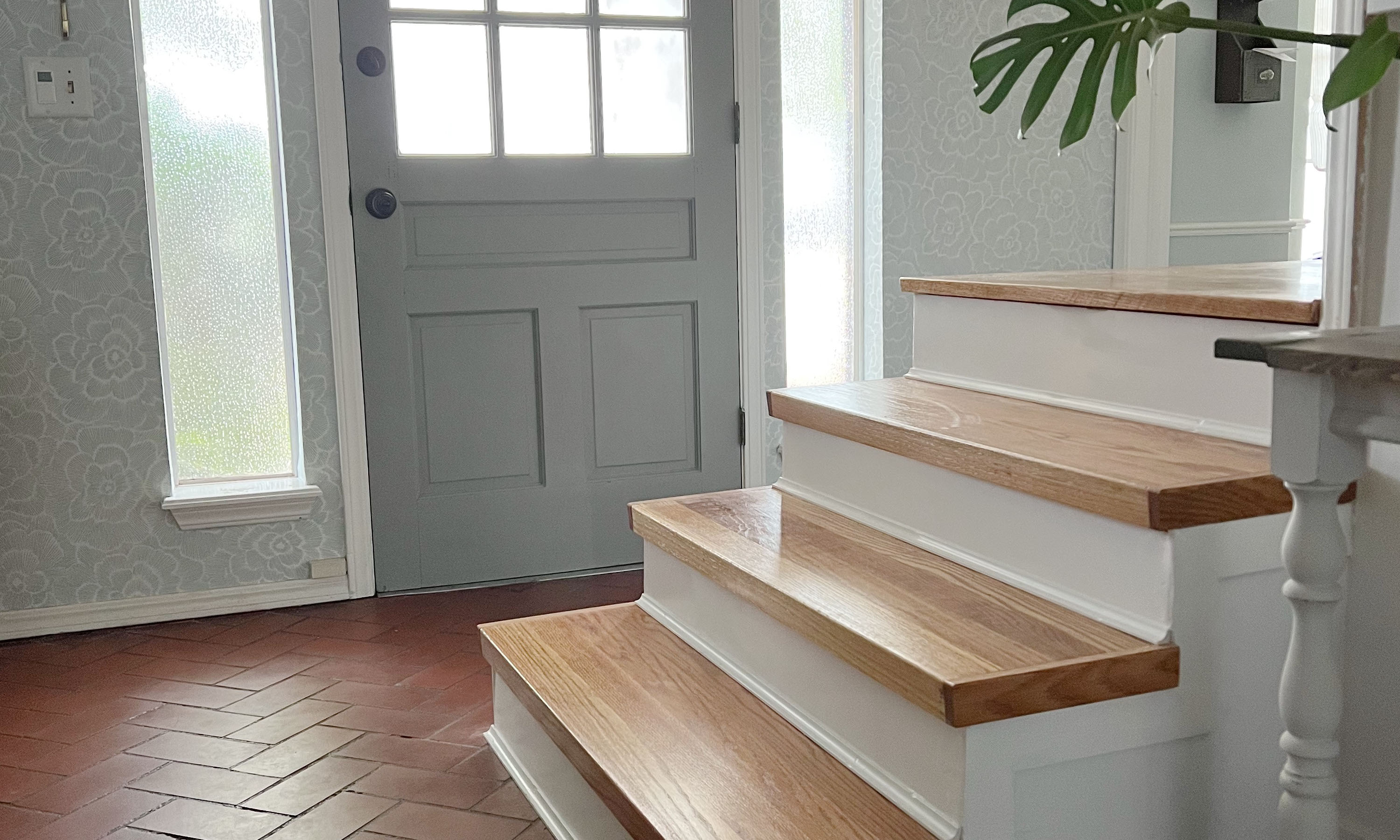 How to convert carpeted stairs to wood treads: a 5-step DIY
How to convert carpeted stairs to wood treads: a 5-step DIYConvert old worn-out carpeted stairs to wood treads DIY for a beautiful finish that will last for years to come. Plus, this stair riser project will cost a fraction of the price to pay a pro!
By Dori Turner
-
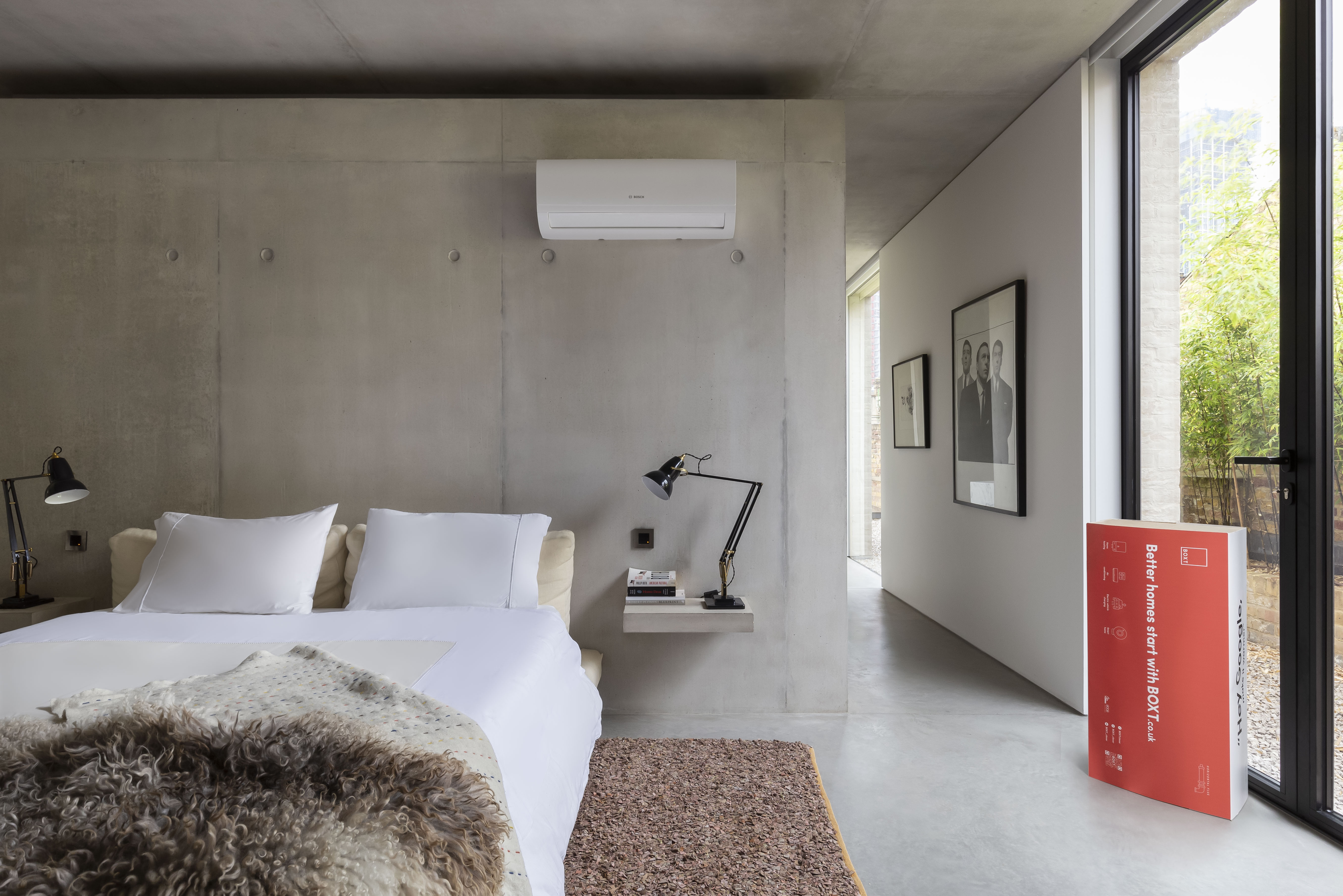 AC not working? Here are 8 things to check ASAP according to industry experts
AC not working? Here are 8 things to check ASAP according to industry expertsYour AC may not be working because the filter is clogged or you've got a tripped circuit breaker. Whatever the issue, getting to the root of the problem will lead to quicker solutions
By Camille Dubuis-Welch
-
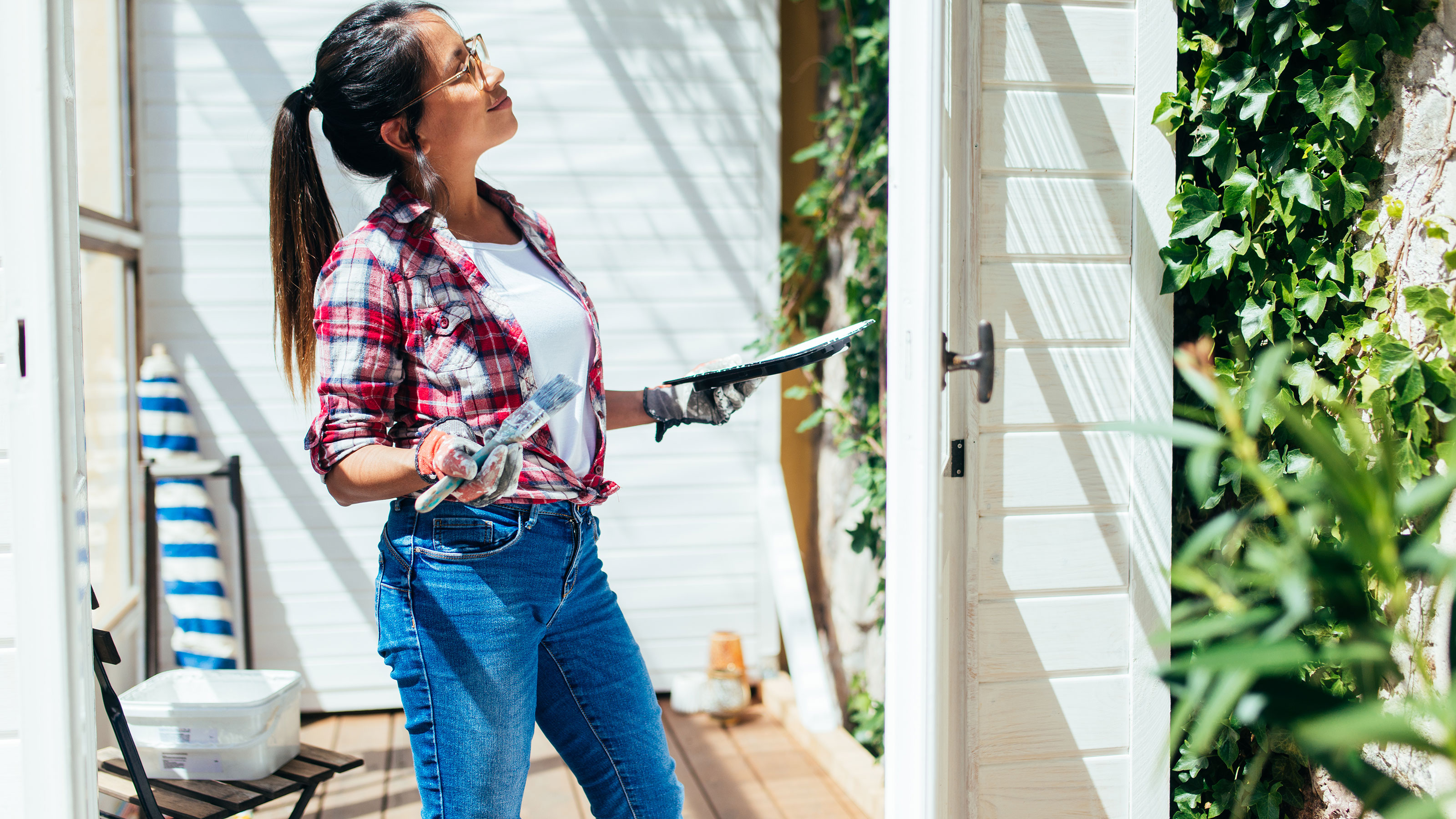 3 DIYs you should NOT do in a heatwave
3 DIYs you should NOT do in a heatwaveYou shouldn't clean windows on a hot day, you just shouldn't
By Camille Dubuis-Welch
-
 HGTV home renovator shares the most essential home repair you can do
HGTV home renovator shares the most essential home repair you can doHGTV's hottest renovator Carmine Sabatella debunks why this basic home maintenance job should not be forgotten
By Camille Dubuis-Welch
-
 15 telltale signs you're dealing with a cowboy builder and how to avoid them
15 telltale signs you're dealing with a cowboy builder and how to avoid themA cowboy builder is easy to spot, when you know the telltale signs. Here's how to avoid one so you don't end up out of pocket with a poor or even unfinished home reno job
By Lucy Searle